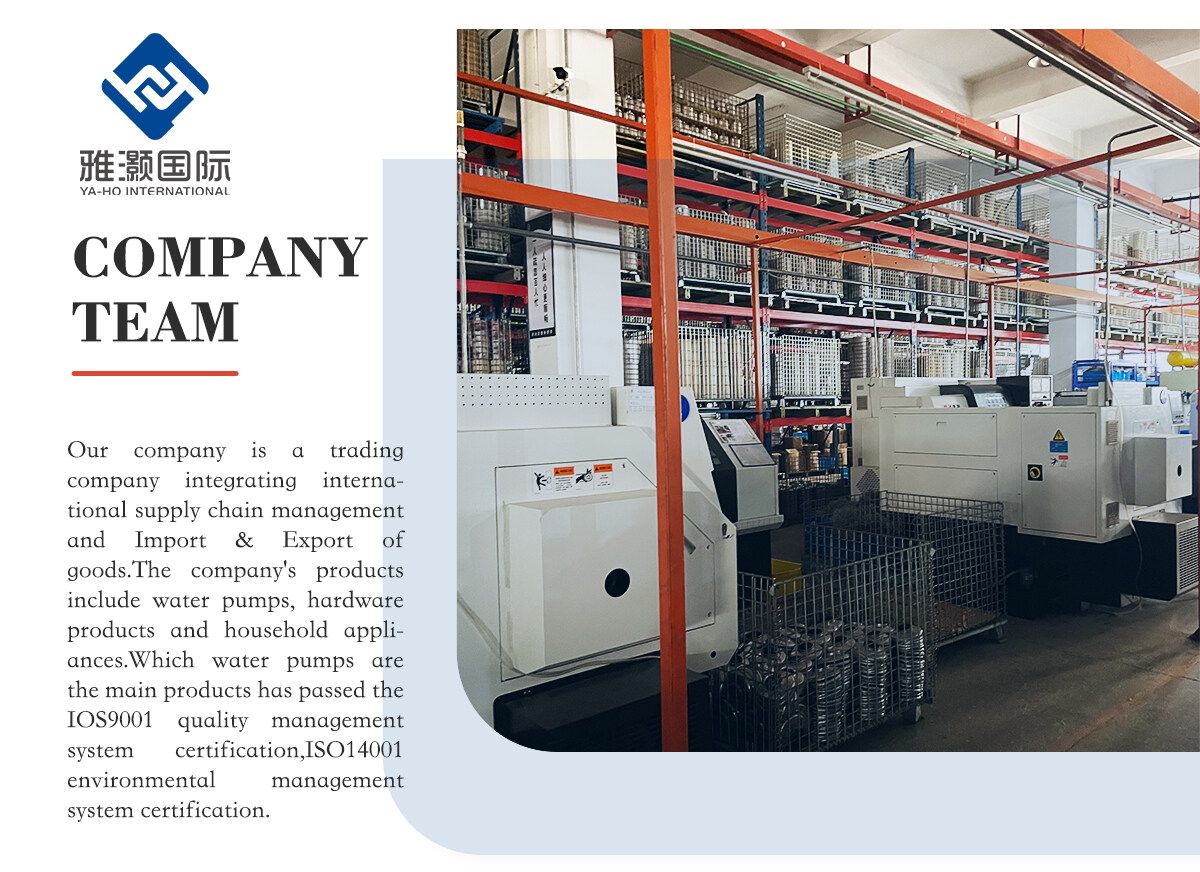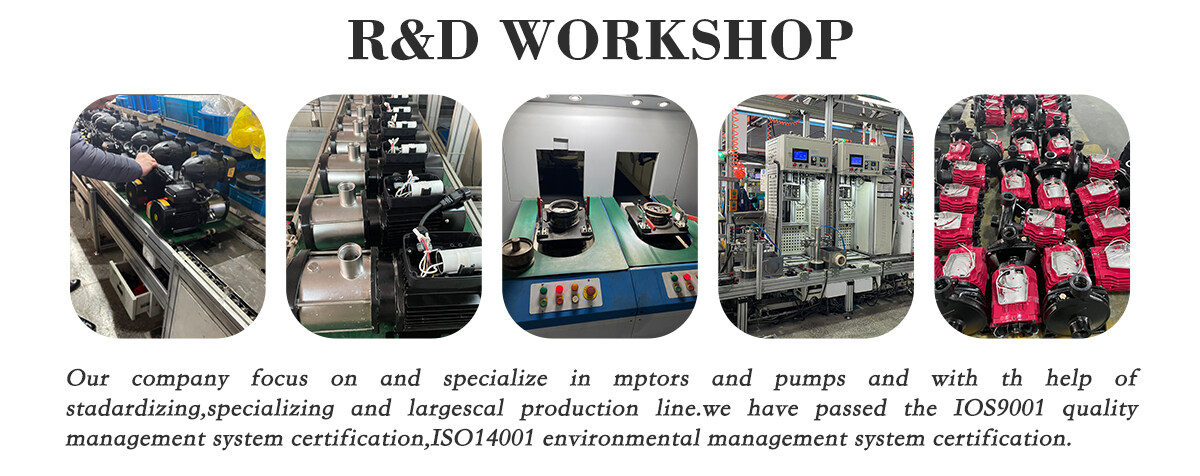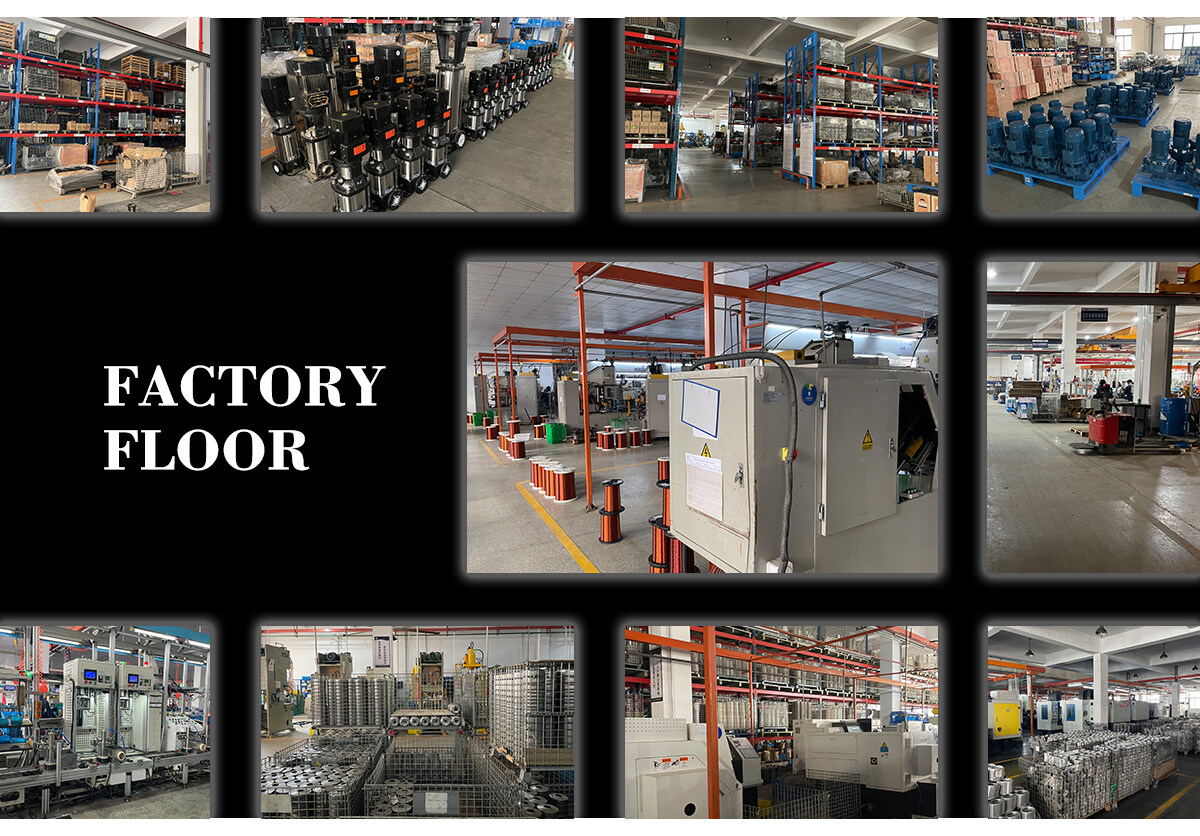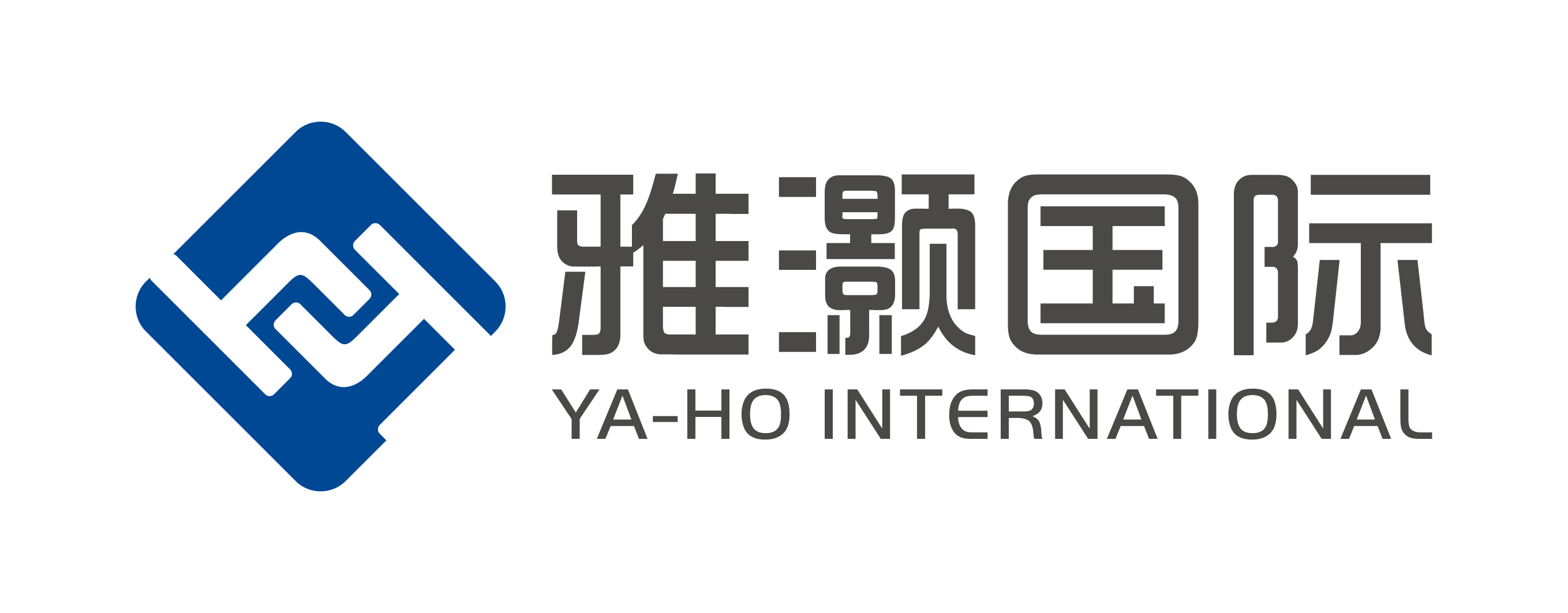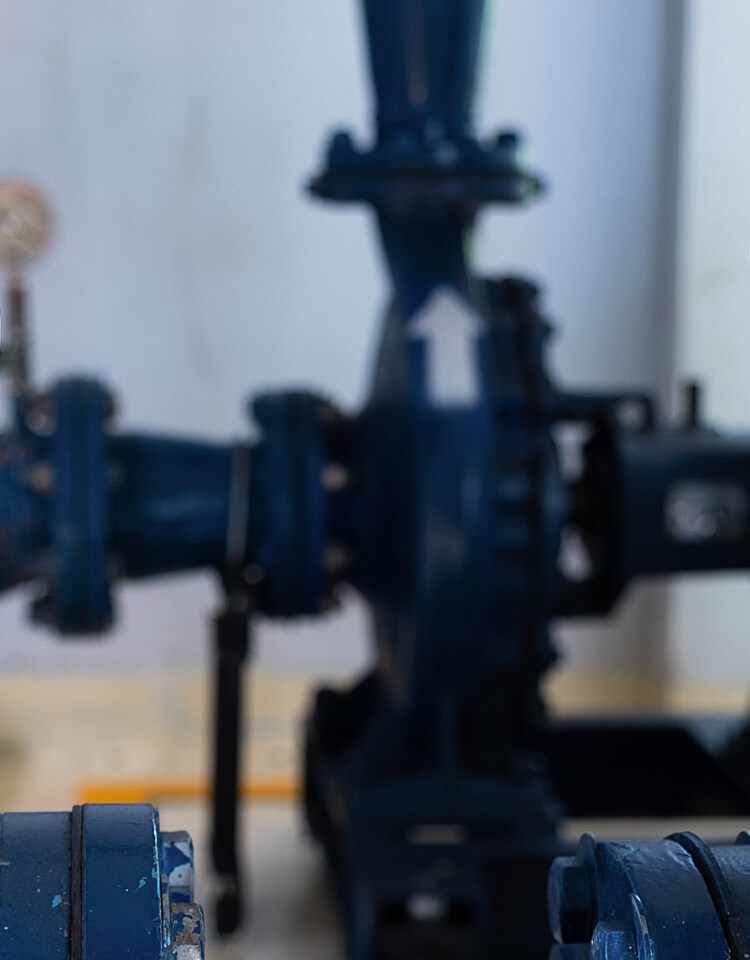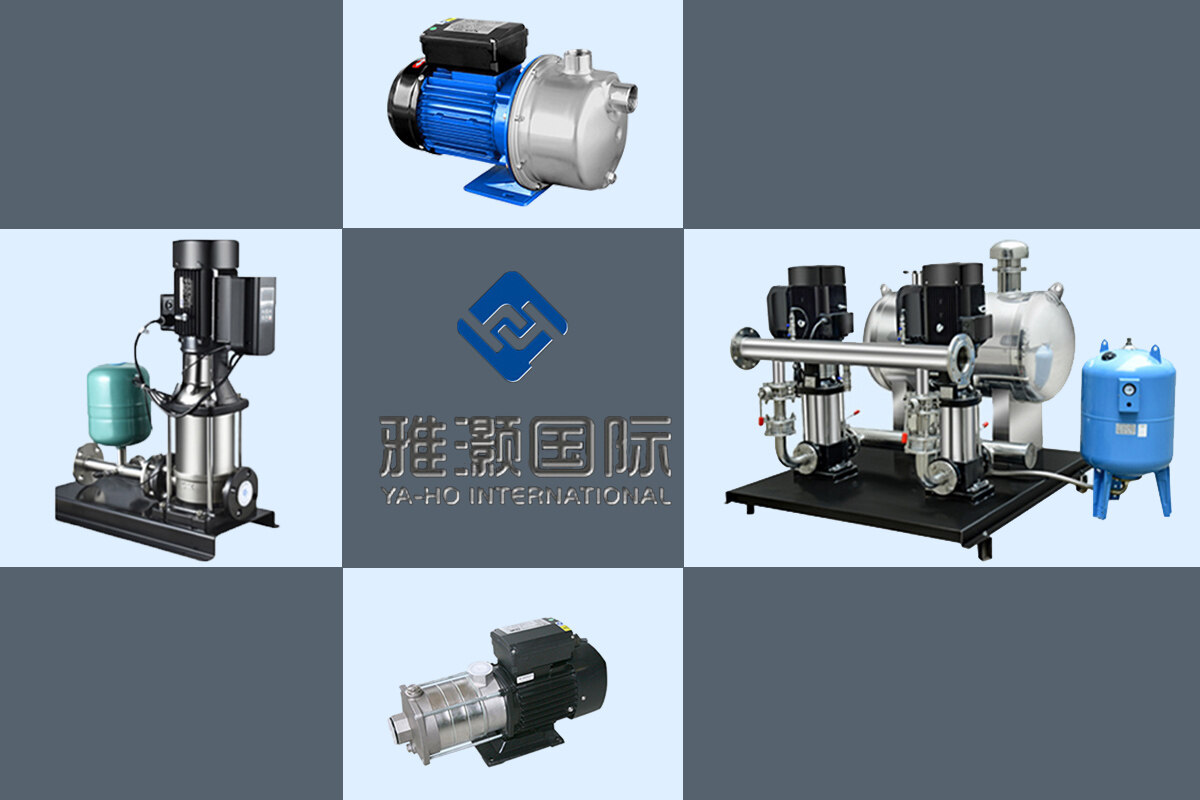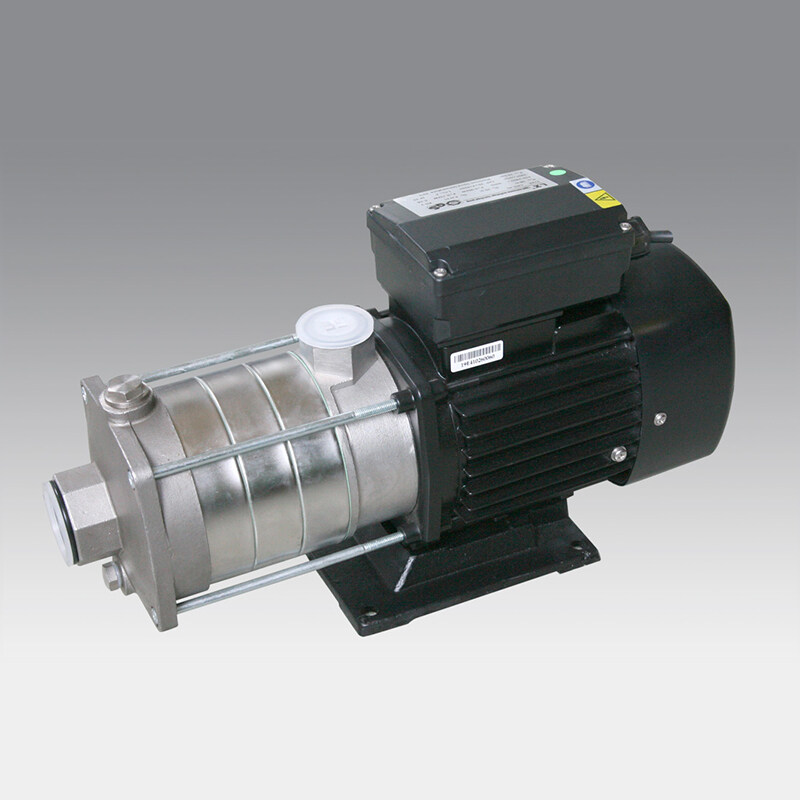Email format error
Email cannot be empty
Email already exists
6-20 characters(letters plus numbers only)
The password is inconsistent
Email format error
Email cannot be empty
Email does not exist
6-20 characters(letters plus numbers only)
The password is inconsistent

PUMPS CUC2-30 50HZ
The submersible pump adopts the direct connection between the water pump and the motor. The small submersible pump even installs the water pump impeller directly on the motor shaft, which saves many connected parts, shortens the overall size of the pump, reduces material consumption and reduces weight. When replacing the deep well pump, the problem of high failure rate of the long shaft is reduced, and the reliability of the equipment is improved.
The installation is simple, there is no need to build a pump house, the civil construction area is small, the capital construction investment is reduced, and the submersible pump is directly submerged into the water, only the ground construction of electrical control equipment is required, and the use and maintenance are convenient.
Product parameters
| 50Hz | ||||||||
|---|---|---|---|---|---|---|---|---|
| Model | Driving motor P2(KW) | Q (m3/h) | 1.0 | 1.5 | 2.0 | 2.5 | 3 | 3.5 |
| CUC2-30 | 0.37 | H(m) | 27 | 24 | 21 | 20 | 17 | 14 |
Product Feature
- The submersible pump adopts the direct connection between the water pump and the motor. The small submersible pump even installs the water pump impeller directly on the motor shaft, which saves many connected parts, shortens the overall size of the pump, reduces material consumption and reduces weight. When replacing the deep well pump, the problem of high failure rate of the long shaft is reduced, and the reliability of the equipment is improved.
- The installation is simple, there is no need to build a pump house, the civil construction area is small, the capital construction investment is reduced, and the submersible pump is directly submerged into the water, only the ground construction of electrical control equipment is required, and the use and maintenance are convenient.
- It has low noise in underwater operation, and is very suitable for places where a quiet working environment is required, such as water supply and drainage in schools, hospitals, hotels, halls, etc.
- The submersible pump operates underwater, and the characteristics of the submersible pump are not affected by the climate and the surrounding working environment; it is convenient for concealment and suitable for combat readiness and strategic needs.
- Using the submersible pump to lift water, the depth of water lifting is increased, and the cavitation problem is less.
- The built-in submersible motor can ensure that the submersible pump with the lower motor runs for a long time even when it is close to draining the absorbing pool, and there is no need to worry about the problem of the motor heating up and burning due to the large no-load current.
For more information about PUMPS CUC2-30 50HZ, please kindly contact us at any time, we are glad to answer for you. If you want to order in quantity, hope that we will be your best choice.
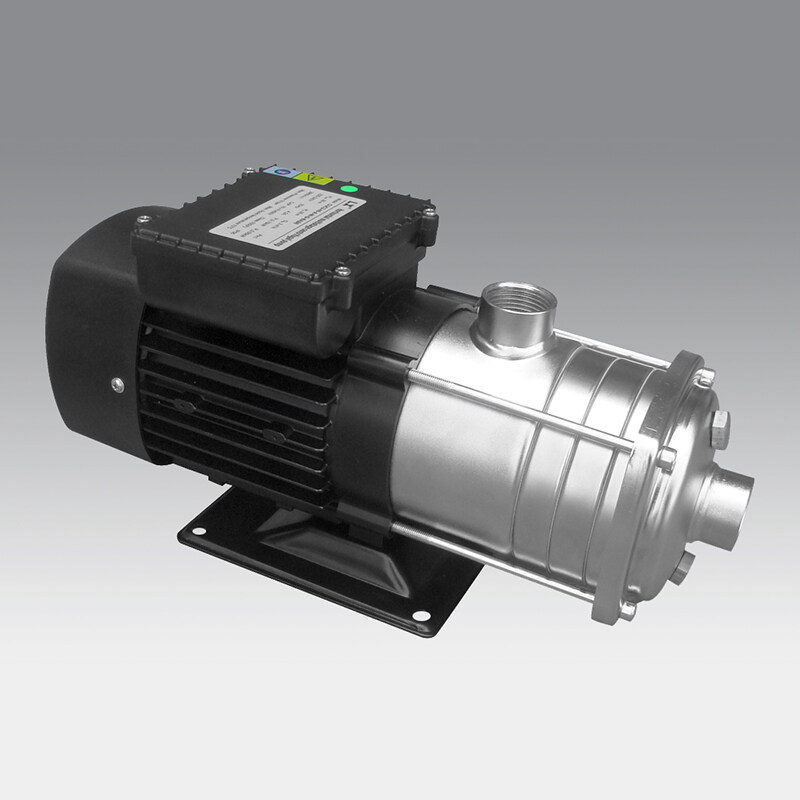
Do you know the 10 common factors of pump shaft failure?
Many pump users wrongly blame the choice of shaft material when the shaft breaks, believing that they need a stronger shaft. But choosing this "stronger, better" path is often a temporary solution rather than a permanent solution. The frequency of shaft failure is low, but the root cause still exists.
- Working away from BEP: running away from the allowable area of pump BEP may be the most common cause of shaft failure. Working away from BEP will produce an unbalanced radial force. The deflection of the shaft due to radial force will produce bending force twice per revolution. For example, a shaft rotating at 3550 RPM will bend 7100 times/minute. This bending dynamic will produce axial tensile bending fatigue. If the amplitude (strain) of deflection is low enough, most shafts can cope with multiple cycles.
- Shaft bending: the shaft bending problem follows the same logic as the above shaft deflection. Purchase pumps and spare shafts from manufacturers with high shaft straightness standards/specifications. Due diligence is prudent. Most of the tolerances of the pump shaft are in the range of 0.0254mm to 0.0508mm, and the measured value is the total indicator reading (TIR).
- Impeller or rotor imbalance: if the impeller is unbalanced, the pump will produce "shaft movement" during operation. Its effect is the same as the result of shaft bending and/or deflection. Even when the pump is stopped and the pump shaft is checked, the pump shaft will still be straight. It can be said that the balance of the impeller is equally important for low-speed pumps and high-speed pumps. The number of bending cycles in a given time range decreases, but the amplitude (strain) of the displacement (due to imbalance) remains within the same range as the higher velocity coefficient.
- Fluid characteristics: generally, the problems related to fluid characteristics involve pumps designed for a (lower) viscosity but withstanding a higher viscosity fluid. An example may be simple. The pump selected and designed can be used to pump No. 4 fuel at 95 F, and then used to pump fuel at 35 f (a difference of about 235 centipoises). The increase in the proportion will lead to similar problems. Please also note that corrosion will greatly reduce the fatigue strength of the shaft material. In these environments, shafts with high corrosion resistance are a good choice.
- Speed change: torque is inversely proportional to speed. As the pump decelerates, the shaft torque increases. For example, a 100hp pump with a speed of 875 RPM requires twice as much torque as a 100 hp pump with a speed of 1750 rpm. In addition to the maximum brake horsepower (BHP) limit for the entire shaft, the user must also check the BHP allowed per 100 RPM limit in pump applications.
- Misuse: ignoring the manufacturer's guidelines will lead to shaft problems. If the pump is driven by an engine rather than a motor or turbine, the power factor of many pump shafts will be reduced because of intermittent torque and continuous torque. If the pump is not driven directly (through a coupling), such as belt/pulley or chain/sprocket drive, the shaft may be significantly lowered. Many self-priming garbage pumps and slurry pumps are designed to be belt driven, so there are almost no problems. Pumps manufactured by ANSI b73.1 are not designed to be belt driven (unless a jackshaft is used). ANSI pumps can be belt or engine driven, but the maximum allowable horsepower is greatly reduced. Many pump manufacturers offer heavy-duty shafts as optional accessories that can solve the symptom when the root cause cannot be corrected.
- Misalignment: the misalignment between the pump and the driver, even the slightest misalignment, will cause bending moments. Usually, this problem shows that the bearing fails before the shaft breaks.
- Vibration: in addition to misalignment and imbalance, vibration caused by other problems (such as cavitation, passing blade frequency, critical speed, and harmonics) will also cause stress on the shaft.
- Incorrect assembly: another reason is the incorrect installation of impeller and coupling (incorrect assembly and clearance, whether too tight or too loose). Incorrect fit may cause wear. Slight wear leads to fatigue failure. Improperly installed keys and/or keyways can also cause this problem.
- Incorrect speed: according to the impeller inertia and the (circumferential) speed limit of the belt driver, there is a maximum pump speed (for example, it is generally agreed that the maximum belt speed of ANSI pumps is 6500 feet per minute). In addition, in addition to increased torque, attention should also be paid to low-speed operation, such as the loss of the domain effect.
Application field
① In the production of chemical and petroleum sectors, most of the raw materials, semi-finished products and finished products are liquids, and the production of semi-finished and finished raw materials into semi-finished products and finished products needs to go through complex technological processes. During these processes, pumps play a role in transporting liquids and providing pressure flow for chemical reactions. In addition, in many installations, pumps are used to adjust the temperature.
② In agricultural production, pumps are the main irrigation and drainage machinery. my country's rural areas are vast, and a large number of pumps are needed in rural areas every year. Generally speaking, agricultural pumps account for more than half of the total output of pumps.Pumps are also the most used equipment in the mining and metallurgical industries. The mine needs to be drained by pumps, and in the process of beneficiation, smelting and rolling, pumps are needed to supply water.
③ In the power sector, nuclear power plants need nuclear main pumps, secondary pumps, and tertiary pumps, and thermal power plants need a large number of boiler feed pumps, condensate pumps, oil and gas mixing pumps, circulating pumps, and ash pumps.
④ In national defense construction, the adjustment of aircraft flaps, tail rudders and landing gear, the rotation of warships and tank turrets, and the ups and downs of submarines all require pumps. High pressure and radioactive liquid, and some also require the pump without any leakage.
⑤ In short, whether it is aircraft, rockets, tanks, submarines, drilling, mining, trains, ships, or everyday life, pumps are needed everywhere, and pumps are running everywhere. That's why the pump is listed as a general-purpose machine, which is a major product in the machinery industry.
⑥ Electric pumps, i.e. pumps driven by electricity. The electric pump is composed of a pump body, a water lift pipe, a pump base, a submersible motor (including cables) and a starting protection de
